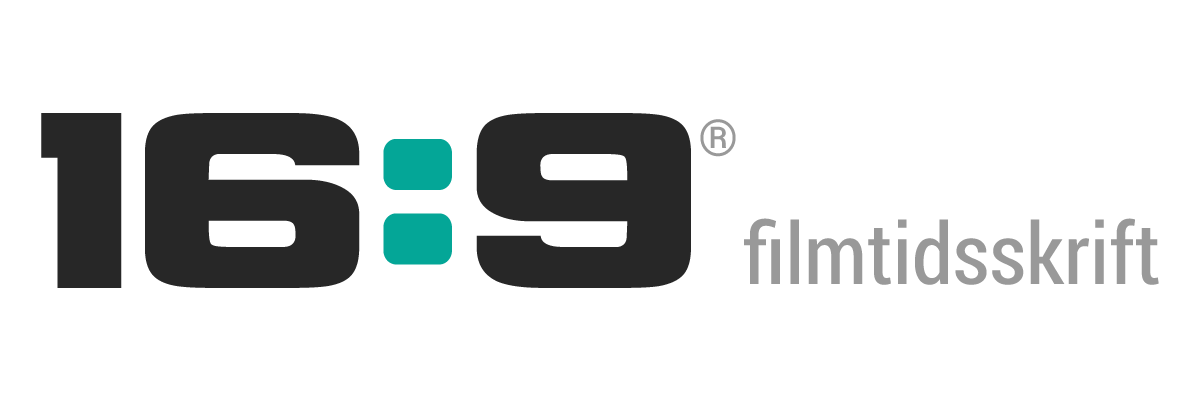Kategori: Video-essay
-
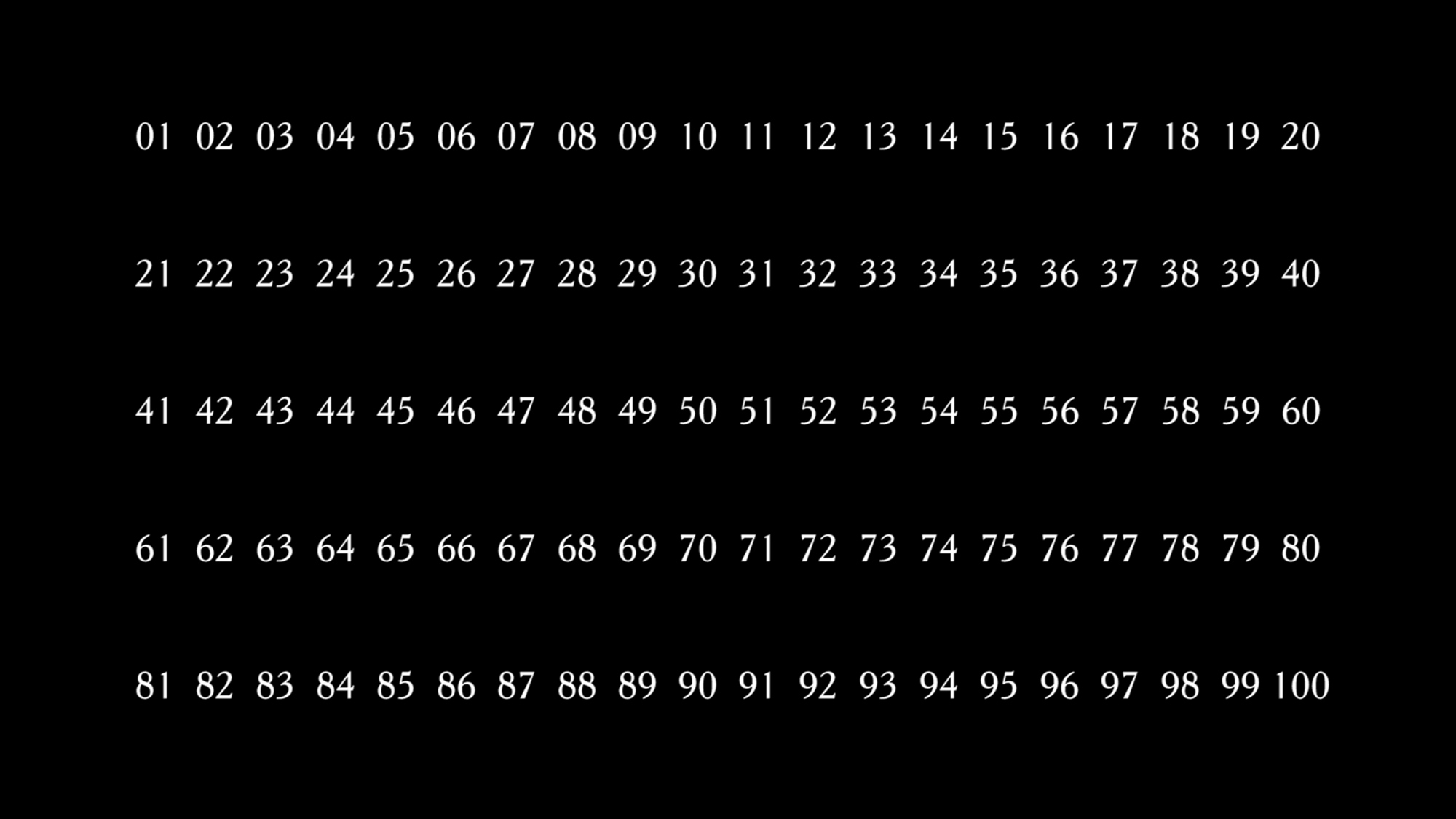
The 100 Best Movies of the 21st Century: “But What Do They Sound Like?”
VIDEO-ESSAY. Rounding out the “One Hundred Movies Walk into a Bar…” series, Ariel Avissar’s “But What Do They Sound Like?” turns an ear to the first sounds of the films on The New York Times list. Often heard before the first image appears, these opening notes shape mood, tone, and expectation, revealing recurring sonic patterns across a quarter century of cinema.
-

The 100 Best Movies of the 21st Century: “Seen, Heard: Language Use in the ‘Best Movies’”
VIDEO-ESSAY. Jeffrey Romero Middents’ “Seen, Heard: Language Use in the ‘Best Movies’” listens to the languages used in the New York Times list and ponders how those languages (and lists like this) affect the curation and canonization of “world cinema.” What does the cinematic world sound like, and are the films we watch/listen to in the 21st Century different from those we venerate from the 20th Century?
-

The 100 Best Movies of the 21st Century: “One Hundred (Lonely) Movies Walk Into a Bar”
VIDEO-ESSAY. This piece from the “One Hundred Movies Walk into a Bar…” series features Benedetta Andreasi’s dismantling of the visual choices made by The New York Times’ editors. “One Hundred (Lonely) Movies Walk Into a Bar” redesigns the list by reframing the pictures’ subjects and interfering with the reader’s experience of the list.
-
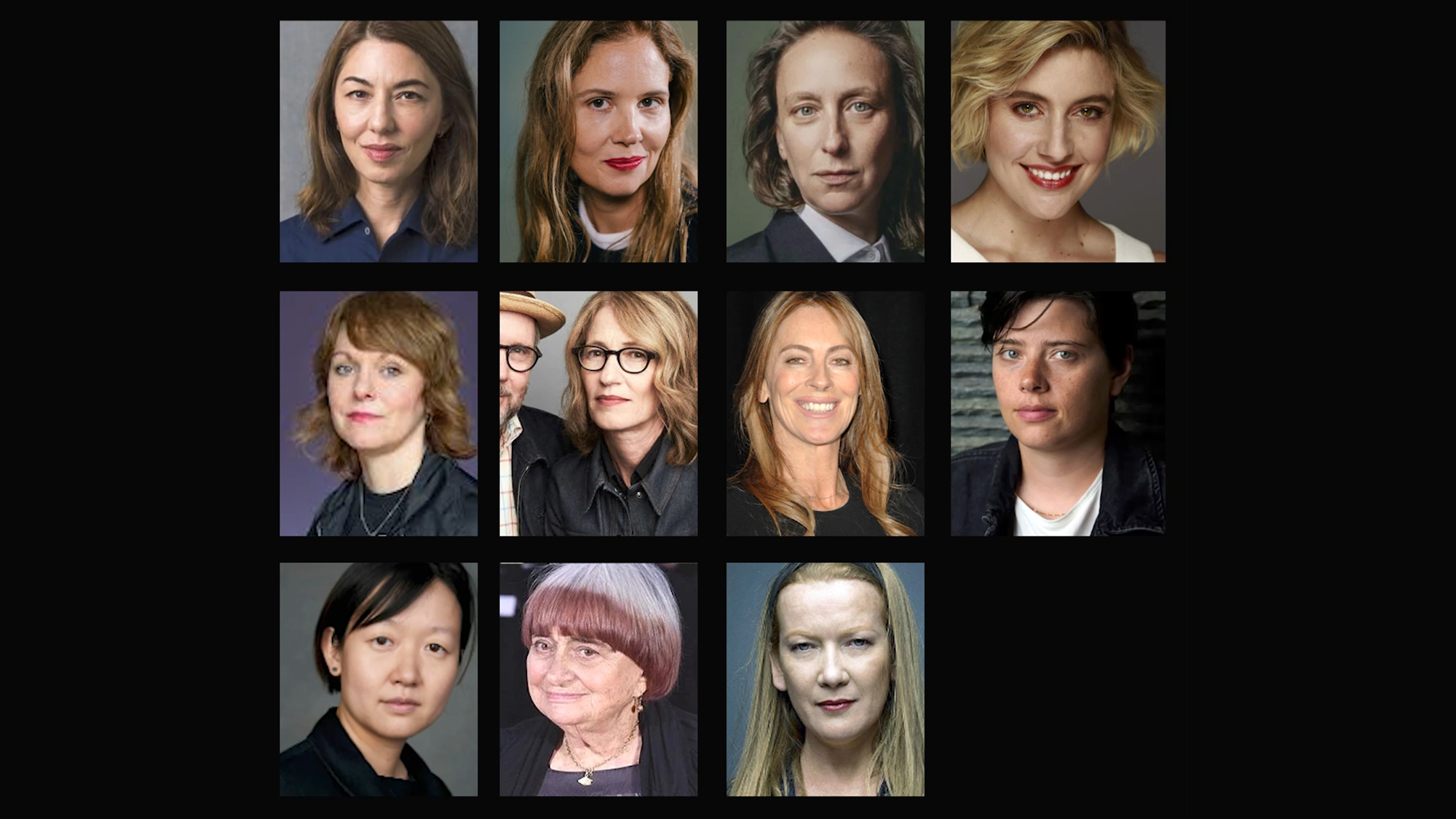
The 100 Best Movies of the 21st Century: “All About Numbers: 100 Films – 11 Women”
VIDEO-ESSAY. If anything shines in 21st-century film production, it is the remarkable presence of female filmmakers. Yet The New York Times list includes only 11 titles by women – and just 1 by a woman of color. Barbara Zecchi’s “All About Numbers: 100 Films – 11 Women” lifts the curtain of discrimination to reveal what lies beneath and provocatively envisions an alternative list.
-
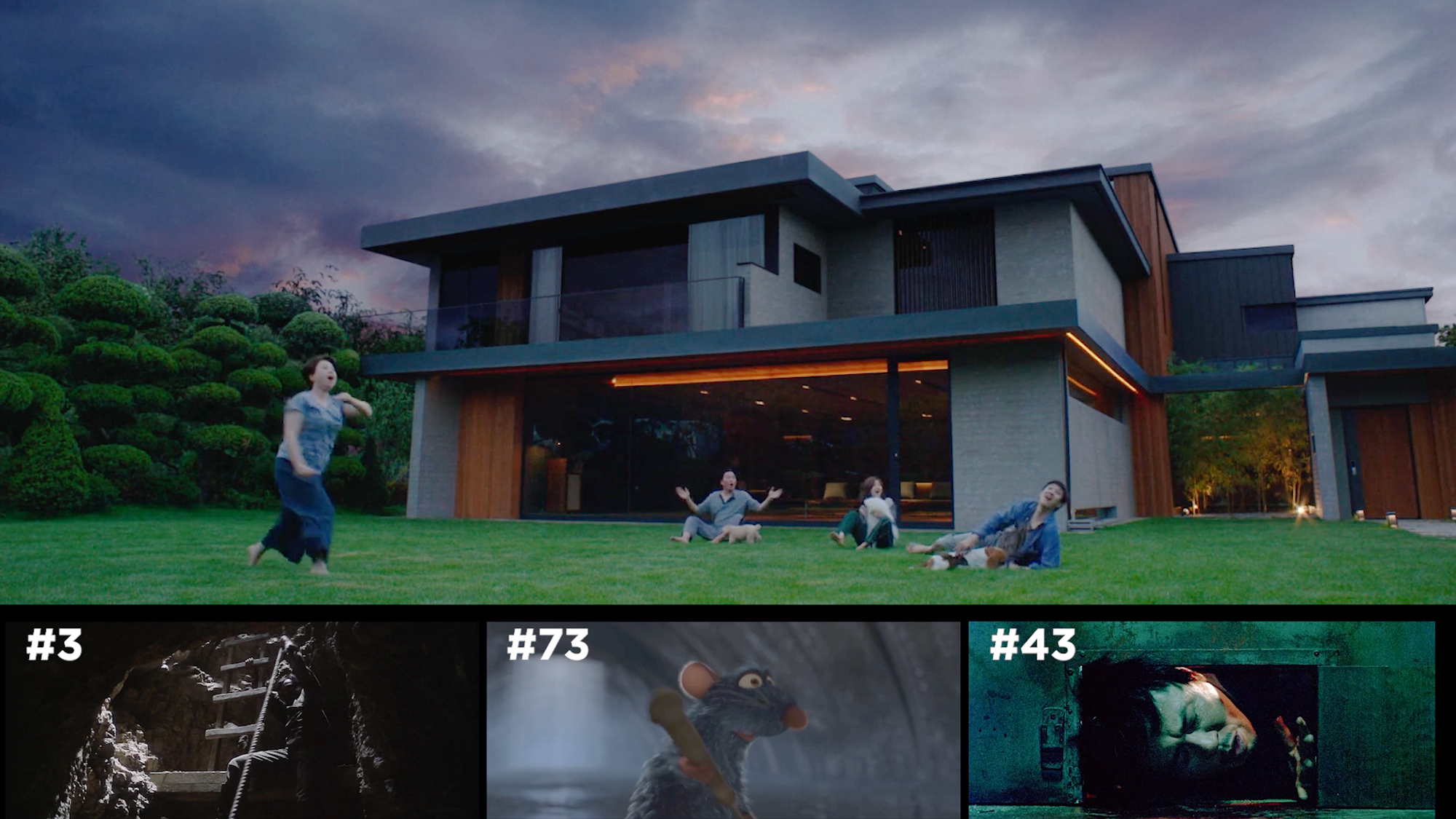
The 100 Best Movies of the 21st Century: “Parasite and the Ones Below…”
VIDEO-ESSAY. Wickham Flannagan’s “Parasite and the Ones Below…” highlights the top film in the New York Times list, Parasite, and explores how that number one choice can reflect and reiterate many of the movies listed below it. Within this juxtaposition, many connections arise either purely through a communal visual language or from the consistent messaging that many of the films convey.
-
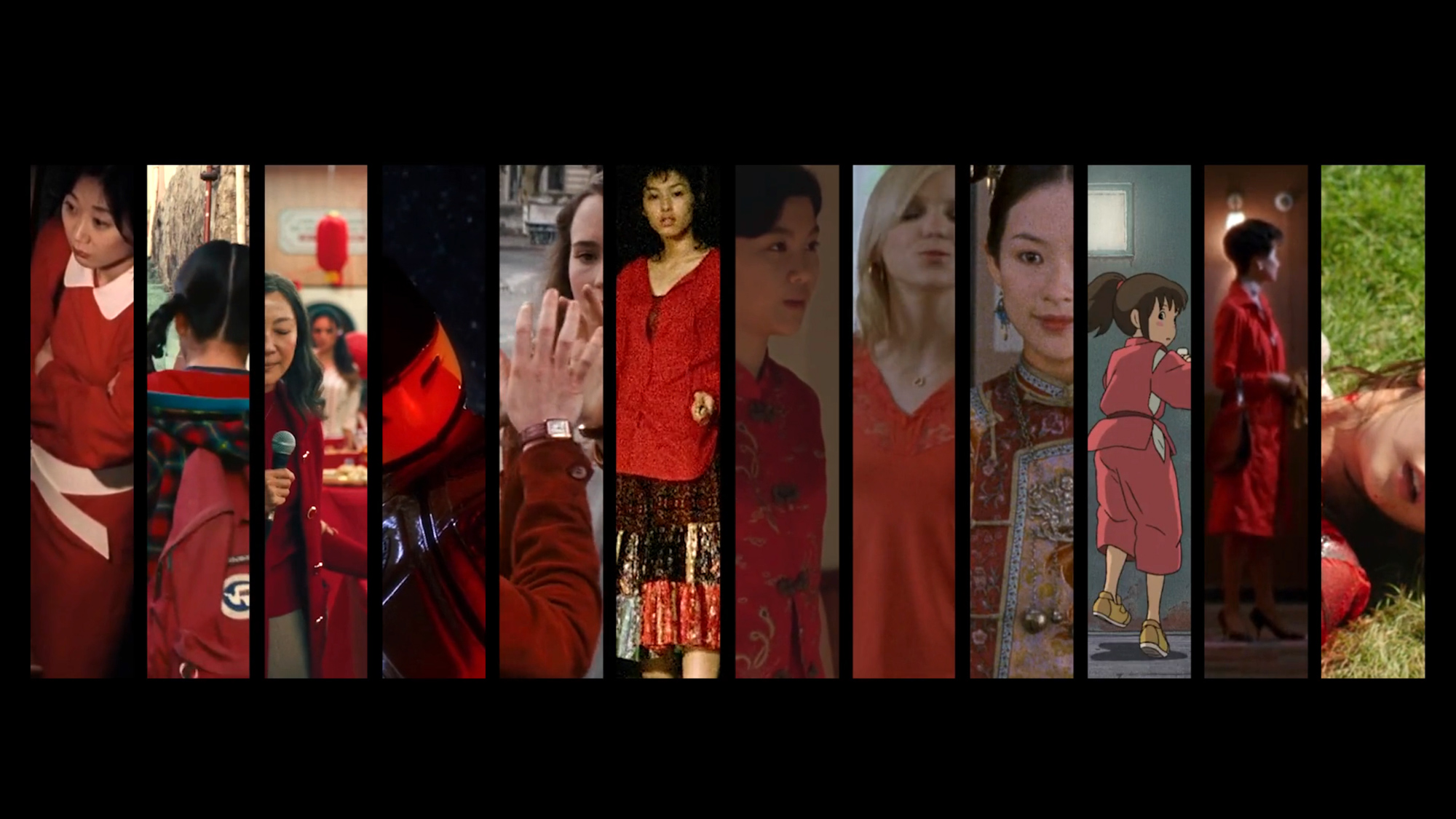
The 100 Best Movies of the 21st Century: “See Under: Orient”
VIDEO-ESSAY. Kicking off the “One Hundred Movies Walk into a Bar…” series, Colleen Laird’s “See Under: Orient” examines films from The New York Times list from or set in East Asia. Through formal gestures and layered definitions that embrace a knowingly “plastic” aesthetic, the video stages a self-reflexive look at how the imagination of the “Orient” continues to circulate within American (US) film culture.
-
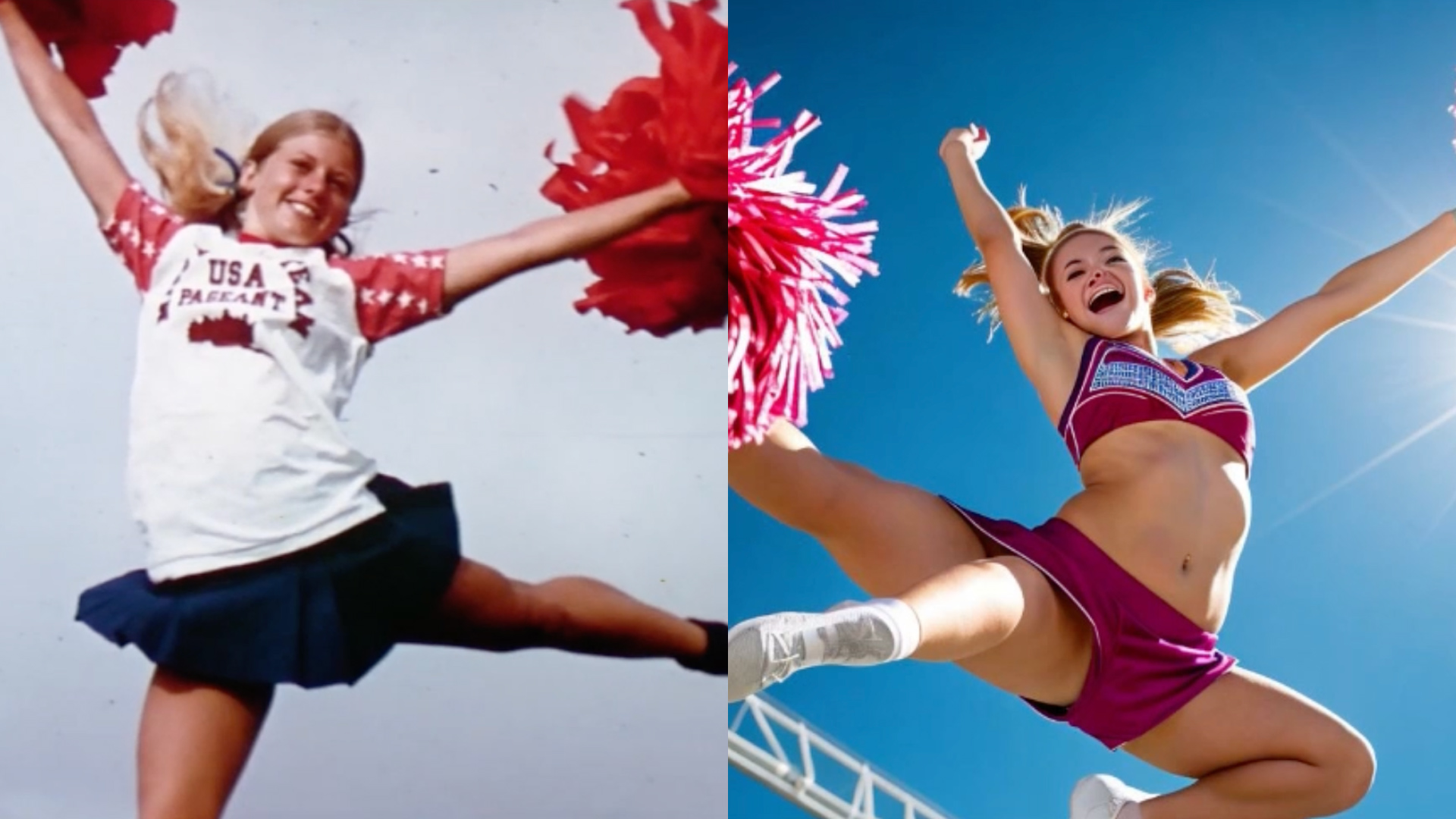
The ParAIax View
VIDEO-ESSAY. What happens when AI remakes one of cinema’s most haunting political thrillers? In “The ParAIax View”, Ariel Avissar collaborates with AI text and image generating tools to restage the infamous montage sequence from The Parallax View (1974), reflecting on the generative and unsettling potentials of human–machine co-authorship.
-
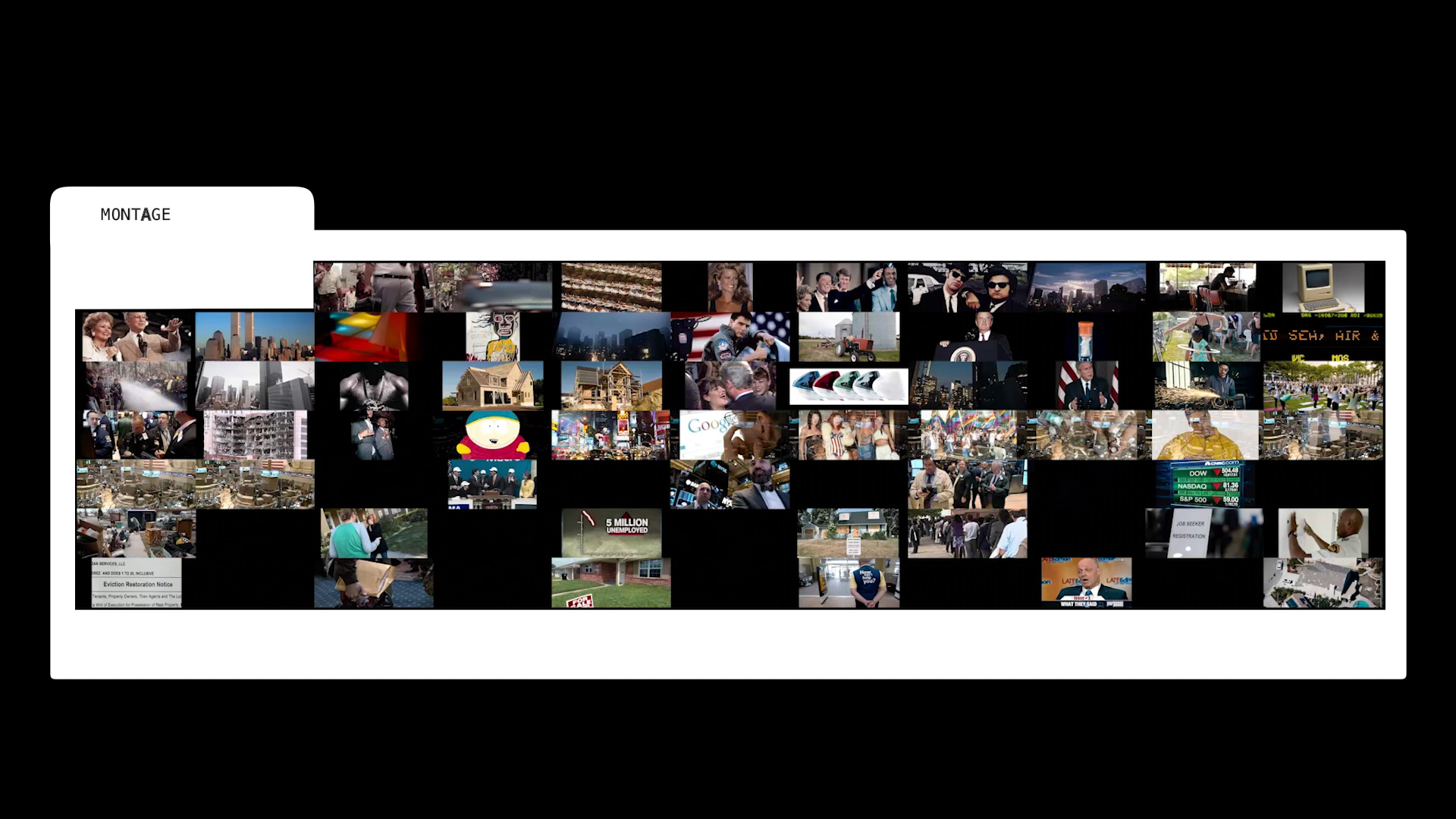
Classif. & Me (Laird’s Constraint)
VIDEO-ESSAY. ‘Classif. & Me’ analyses the opening montage from The Big Short (Adam McKay, 2015) and is modelled on the analysis performed by Colleen Laird of Helter Skelter (Ninagawa Mika, 2012) in her virtuoso 2023 video essay ‘Eye-Camera-Ninagawa’. Riffing on Laird’s work allows Alan O’Leary to protest and playfully satirize certain scientific aspirations in videographic criticism.
-
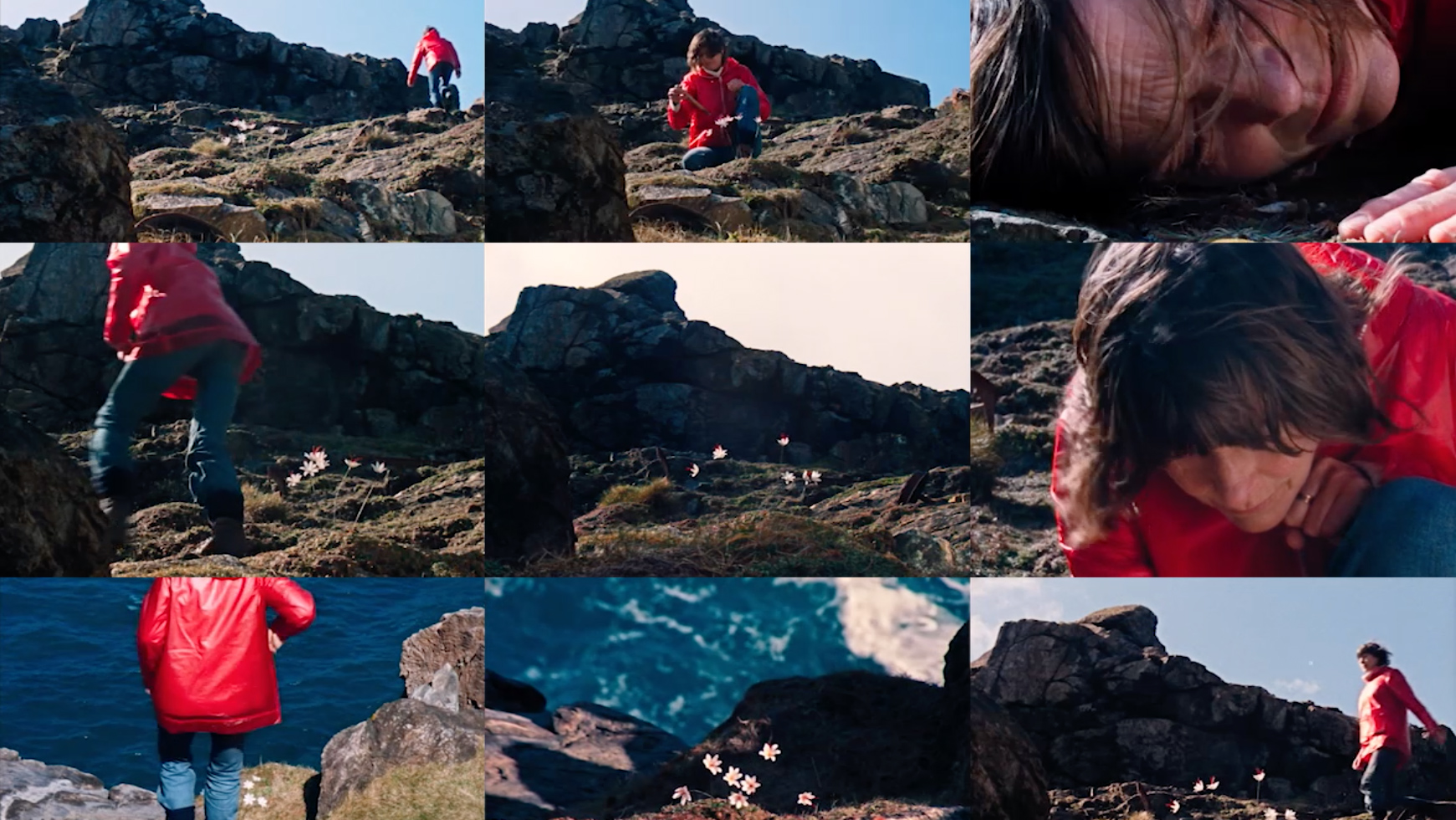
The Present Is the Past Is the Present: Sonic Repetition and Temporal Distortion in Enys Men
VIDEO ESSAY. Steven Sehman, in his video essay on Enys Men (2022), examines the effect of filmmaker Mark Jenkin’s highly repetitive soundtrack on the film’s sense of time. Linear temporality relies on a cause-and-effect syntax: this will lead to that. But what happens when extreme repetition subverts such causality? Does time continue to move forward? Does it stand still? Or does it move into the past?
-
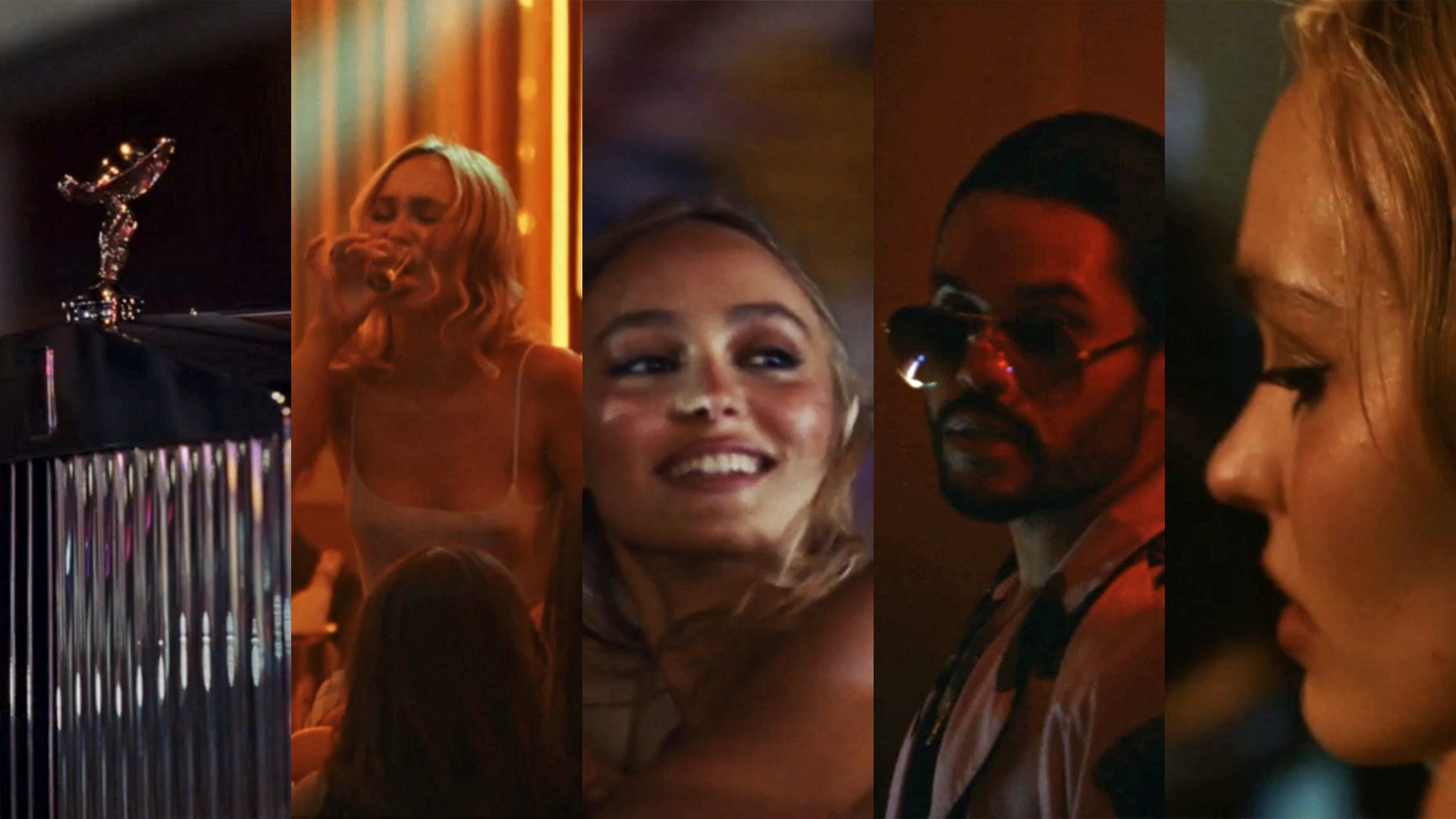
Deep cuts: Cross-time editing in The Idol, Fresh and X
VIDEO-ESSAY. Film editing can usually be divided into two different approaches: Continuity and discontinuity editing. But what aesthetic possibilities exist between these very different principles, and how can an audiovisual work of art challenge this stark contrast? Alexander Kjems Christensen explores these questions in this video essay, where excerpts from Ti West’s X, Sam Levinson’s The Idol and Mimi Cave’s Fresh serve as the primary examples.
-
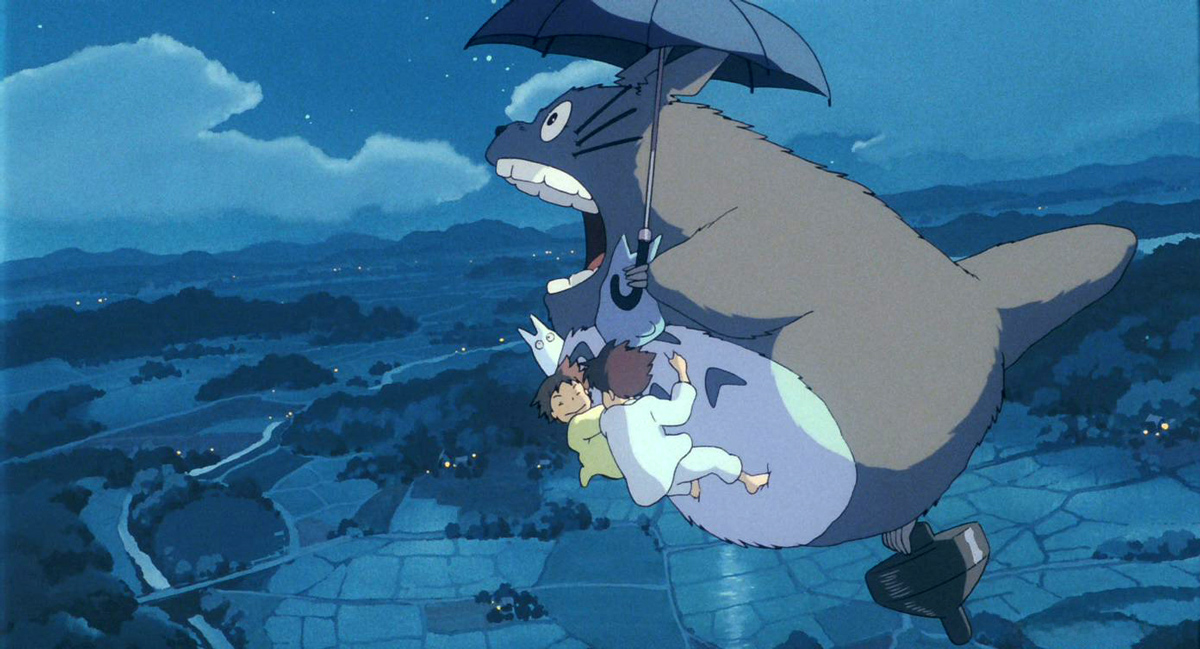
En eksplosion af farver! Animeformatets mange ansigter
VIDEO-ESSAY. Hvad er japansk anime egentlig for en størrelse? Denne artikel, og medfølgende videoessay, fremhæver tre værker, der viser, hvor mangfoldigt anime-formatet er; hvor mange genrer anime kan optræde inden for og ikke mindst, hvor forskelligt anime kan komme til udtryk både i form af stil, målgruppe og stemning.
-
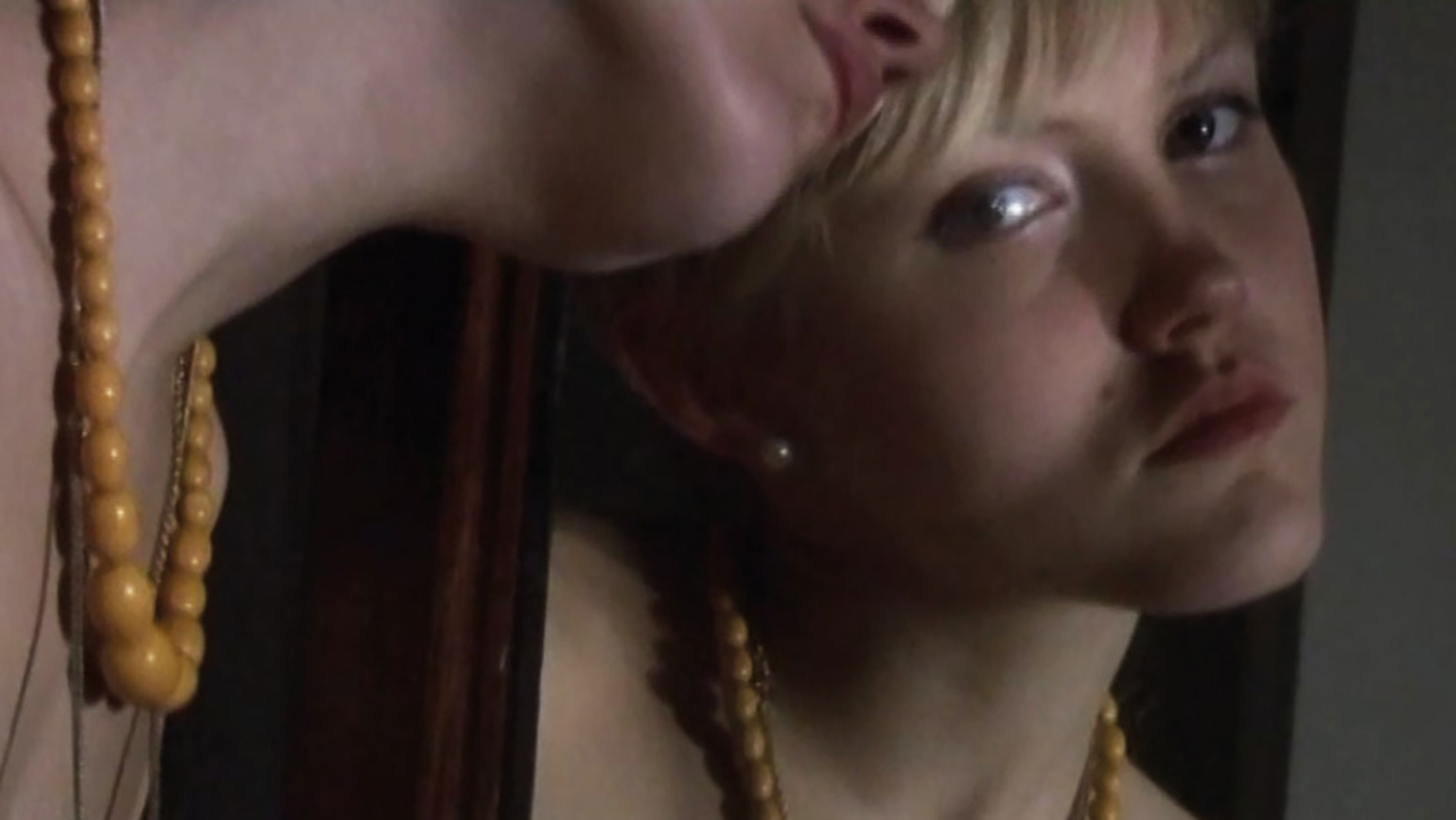
Telescopic Intimacy
VIDEO-ESSAY. Cristina Álvarez López and Adrian Martin explore the works of avant-garde filmmaker Stephen Dwoskin, focusing on the enigmatic close-ups and the “telescopic intimacy” of his films.
